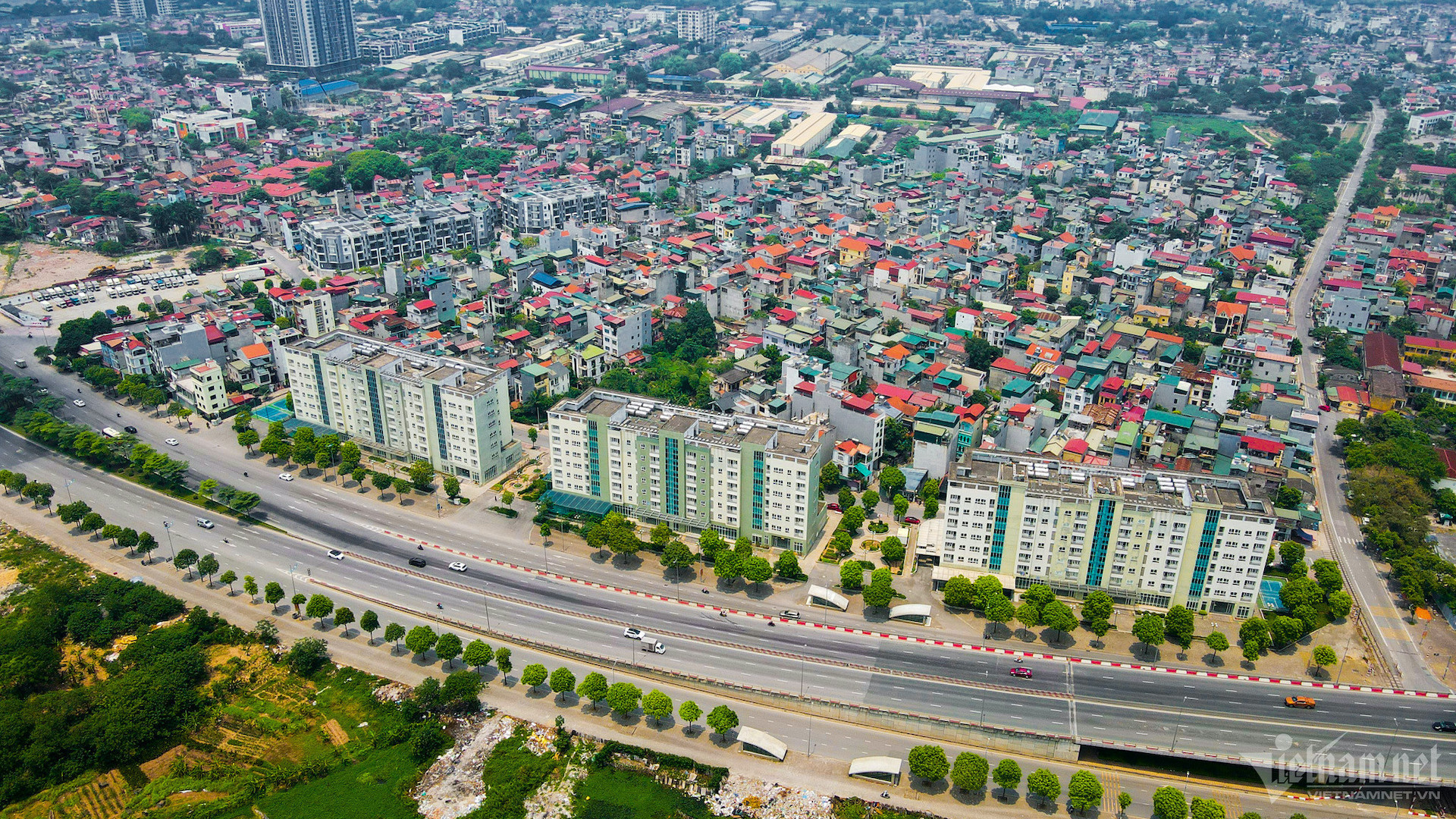
The Ministry of Construction (MOC) on October 3 held a conference publicizing the urban and rural area network planning in 2021-2030, which was approved by the Prime Minister in late August.
Architect Pham Thi Nham, Deputy Director of the National Institute of Urban and Rural Planning, said there are two large urban areas Hanoi and HCM City, and the number is expected to increase to four in upcoming years – Hanoi, Da Nang, HCM City and Can Tho.
Vietnam’s urban area network will develop under the model of urban regions and central cities at national, regional, provincial and district levels.
Central urban areas at national level will be special cities, and first-class urban areas will play the role of major growth poles in socio-economic development, national defence and security, and regional and territorial economic restructuring.
Under the urban and rural area development planning which has been approved, four city areas will be formed in the years to come.
The large Hanoi city area will consist of Hanoi, Hai Phong, Quang Ninh, Hung Yen, Hai Duong, Bac Ninh, Bac Giang, Vinh Phuc, Ha Nam, Thai Nguyen, Hoa Binh and Phu Tho.
The large HCM City city area will comprise HCM City, Binh Duong, Dong Nai, Ba Ria – Vung Tau, Tay Ninh, Binh Phuoc, Long An and Tien Giang.
The Da Nang city area will cover Da Nang, Hue, neighboring urban areas belonging to the provinces of Quang Nam, Quang Ngai and Binh Dinh.
Meanwhile, the Can Tho city area will cover Can Tho City and neighboring areas belonging to the provinces of An Giang, Kien Giang, Vinh Long and Dong Thap.
The planning has set Hanoi and HCM City as the nation’s important growth poles.
Under the planning, the urbanization ratio would exceed 50 percent by 2030 and reach 70 percent by 2050 with 1,000-1,200 urban areas throughout the country, including some urban centers at regional and national levels, with average incomes high enough to be placed among top four ASEAN countries.
It is expected that local economies in urban areas would make up 85 percent of the country’s GDP.
In addition, Vietnam would build central smart cities at national and regional levels with international connections and 3-5 branded cities would be recognized as achieving regional and international stature by 2030.
The other goals include a 16-26 percent in ratio of traffic land to urban construction land. Meanwhile, the average housing area in cities will be 32m2 per head.
Restrictions on development of urban areas
Deputy Minister of Construction Nguyen Viet Hung said the urban and rural area development planning targets four goals: speeding up and improving the urbanization; sustainably developing urban area network; developing, arranging and allocating the urban and rural area network to make them develop effectively and comprehensively; having synchronized and modern infrastructure suitable to the development conditions and friendly to the environment.
Vietnam will form urban areas linked into a unified, balanced network among regions and areas with the ability to withstand and effectively adapt to climate change, with typical architecture which is rich in identity, and is green, modern and smart.
Vietnam also strives to develop rural areas in a comprehensive and sustainable way in association with city development, urbanization, with infrastructure and social services; protecting and promoting the cultural identities of every region.
At the same time, Vietnam will pay attention to developing rural areas where the living environment is connected closely and harmoniously with urban areas, is civilized, green, clean and beautiful with rich national cultural identity. The people’s income in rural areas will be close to that in cities.
Tran Thu Hang, director of the Department of Planning and Architecture under MOC, said urban and rural area planning is an important guideline for localities to design their development under unified planning.
In the past, the urban area development plan got the Prime Minister’s approval in 1998. However, the 2024 planning for the first time is institutionalized and legalized. The urban and rural area development planning is a part of national planning with strategic importance.
The noteworthy feature is that together with planning the development of cities, Vietnam now is also planning the development of rural areas. The urbanization ratio is expected to increase from 42 percent now to 55 percent in the time to come.
Hong Khanh